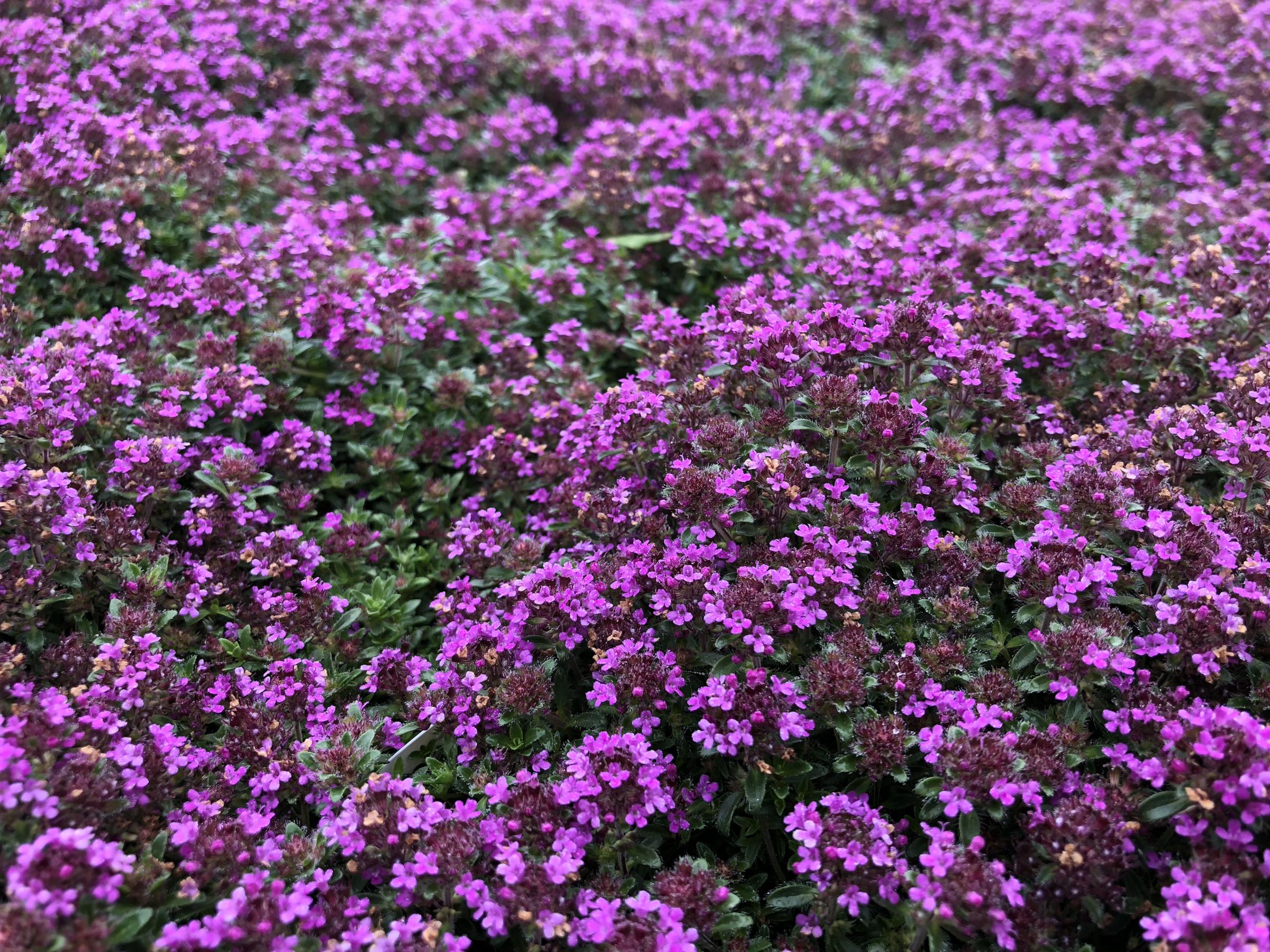
We prefer to seed into plug trays this way each plant can be cared for without disturbing the other seedlings.

Transplant each seedling as it becomes large enough taking care not to disturb the other seeds if possible. Germination usually takes between 8-20 days but can be any range as already stated. Sow in late winter early spring at least six weeks before the last frost date (early March is ideal). We have had some seeds take 8 weeks to appear while the first ones were up in a few days.įollow our general growing instructions for tiny seeds and barely covering the seed, planting too deep will cause the seeds not to germinate.

Germination can be erratic so be patient with your seed trays as they wont all germinate at the same time. For this reason we do not recommend sowing in place as it takes a lot of weeding to keep the bed clear until the plants are large enough. Thyme seeds are quite small and the seedlings take quite a while to develop into reasonable sized plants. Needing no fertilization or frequent watering and with an ability to withstand both hot, dry conditions or chilly weather, elfin creeping thyme plant is often a prized selection for xeriscaping, a landscaping plan that requires no irrigation.Īlthough the leaves are flavorful and aromatic, the tiny 1/8 to 3/8 inch (3 to 9 mm.) leaves are rather a pain to pick, so most people use other varieties of common thyme for their culinary herb uses and allow elfin thyme to play the role of an ornamental.Growing Thyme (Thymus vulgaris) from seed. These hardy and forgiving herbs adapt to a variety of climatic and environmental conditions, even able to survive cold winter weather and sustained frost. The care of elfin thyme isn’t complicated. When growing elfin thyme, the plants require at least five hours of sun per day and should be spaced 6 inches (15 cm.) apart. Shaded areas of growing elfin thyme will tend to clump more while sun exposure encourages the thyme to become more of a ground cover, spreading to a width of about 4 to 8 inches (10 to 20 cm.).
#COMMON THYME GROUND COVER FULL#
Growing elfin thyme is hardy to USDA hardiness zone 4 and should be planted in full sun and well draining soil, although it will also adapt to shadier areas. These little guys are adaptable to foot traffic, even fairly heavy foot traffic, and continue to spread while being tromped on, filling the air with their heavenly scent. The slightly fuzzy or haired foliage of a growing elfin thyme works well among stepping stones, trailing through a rock garden and even as a forgiving substitute for grassy lawns. Native to Europe, this little creeping variety of thyme is not only drought and heat tolerant, but deer and rabbit resistant, making it a lovely option for a natural garden landscape. In cold climates, this little herb is deciduous, while in milder regions, the plant will retain its foliage year round.įlowers are borne upon the fragrant green to grayish blue foliage in summer and are extremely attractive to bees. This nugget of information does not completely answer the question of, “What is elfin thyme?” Elfin creeping thyme plant ( Thymus serpyllum) is a low growing, one to two inches (2.5-5 cm.) tall herbaceous perennial sub shrub with a dense mounding habit. Keep reading for information on elfin thyme care.

Elfin creeping thyme plant is as cherubic as its name implies, with small glossy, green aromatic leaves and teeny weensy purple or pink blossoms.


 0 kommentar(er)
0 kommentar(er)
